This article features a selection of Great Blue Heron images taken with a Nikon 1 V2 and Nikon 1 CX 70-300 f/4.5-5.6 lens during my recent trip to Cuba. These images were taken in a wetland area that separates the Playa Costa Verde resort from the beach area. The beach is accessed by a causeway which also serves as a good shooting platform for photography and video.
NOTE: click on images to enlarge
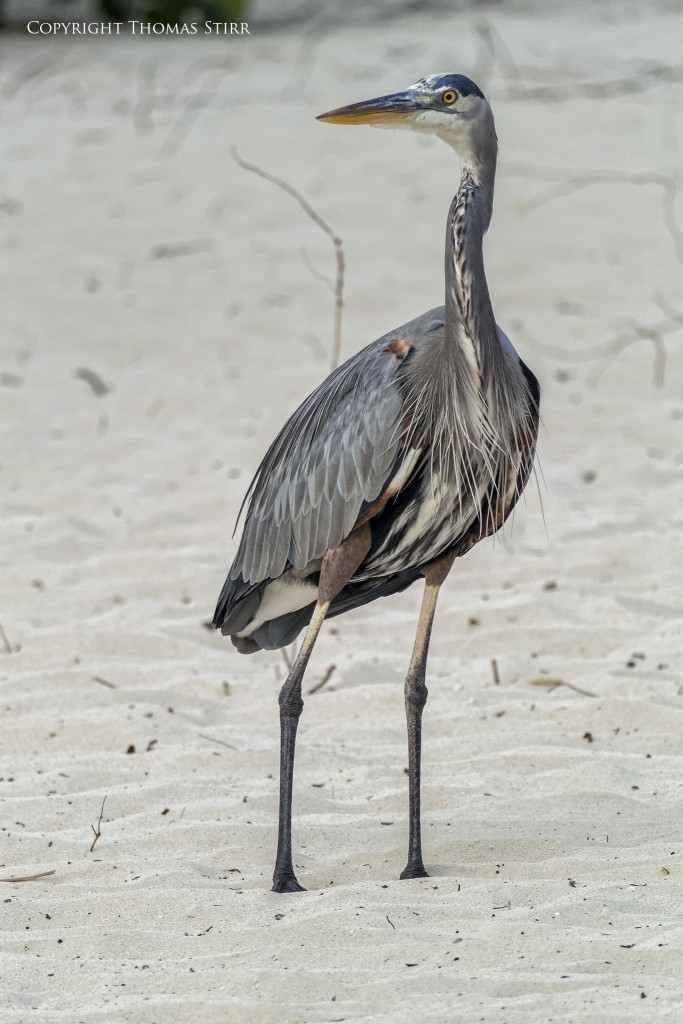
The Great Blue Heron has a wide range extending throughout North America and Central America and they are found along coastlines, in marshes or near the shores of ponds and streams.

These birds are quite large, standing 3 to 4.5 feet (1 to 1.4 m) with wingspans of 5.5 to 6.6 feet (1.7 to 2 m). Great Blue Heron weigh between 4.6 and 7.3 pounds (2.1 to 2.5 kg). Their lifespan is approximately 15 years.
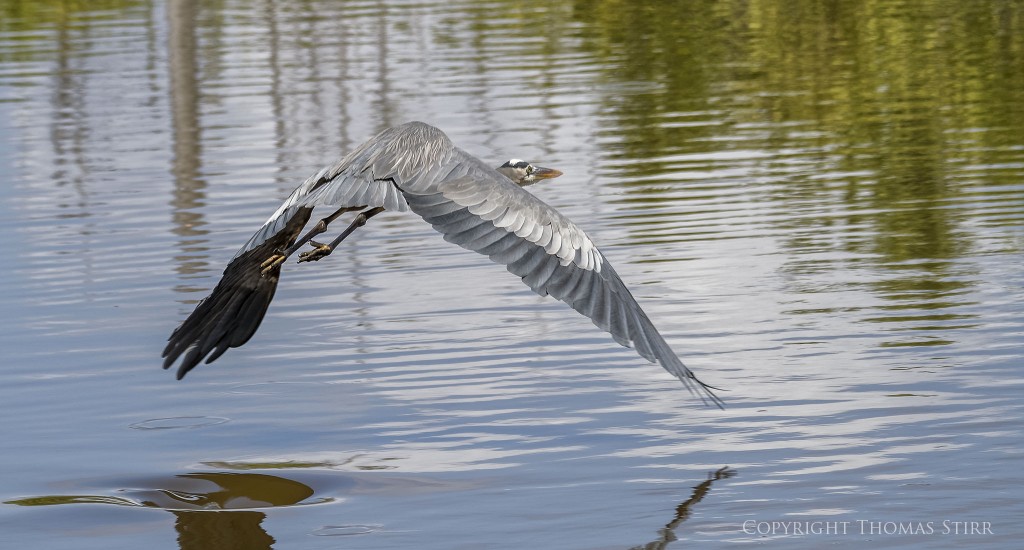
Great Blue Heron eat primarily fish, but are carnivorous and will take other game such as frogs and small rodents. Prey is swallowed whole and Great Blue Heron have been known to choke and die trying to consume fish too large for their long, slender necks.

They are adept at ambush hunting, remaining motionless while they wait for fish to approach within range of their sharp bills which they use to skewer their prey.
Ideally I would have liked to have captured these images at faster shutter speeds, but sometimes life happens before our eyes and doesn’t allow for changes to camera settings.
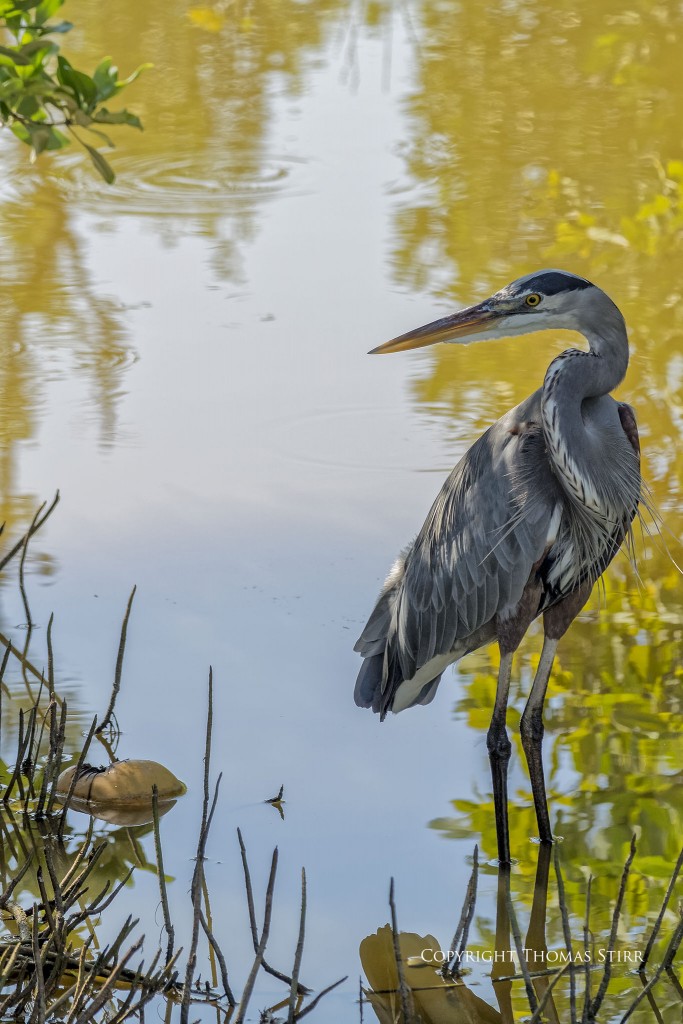
Great Blue Heron also hunt by slowly walking through shallows, then snaring their prey. They tend to be solitary hunters although they typically nest in colonies, preferring tall trees and on occasion will also nest in low shrubs.
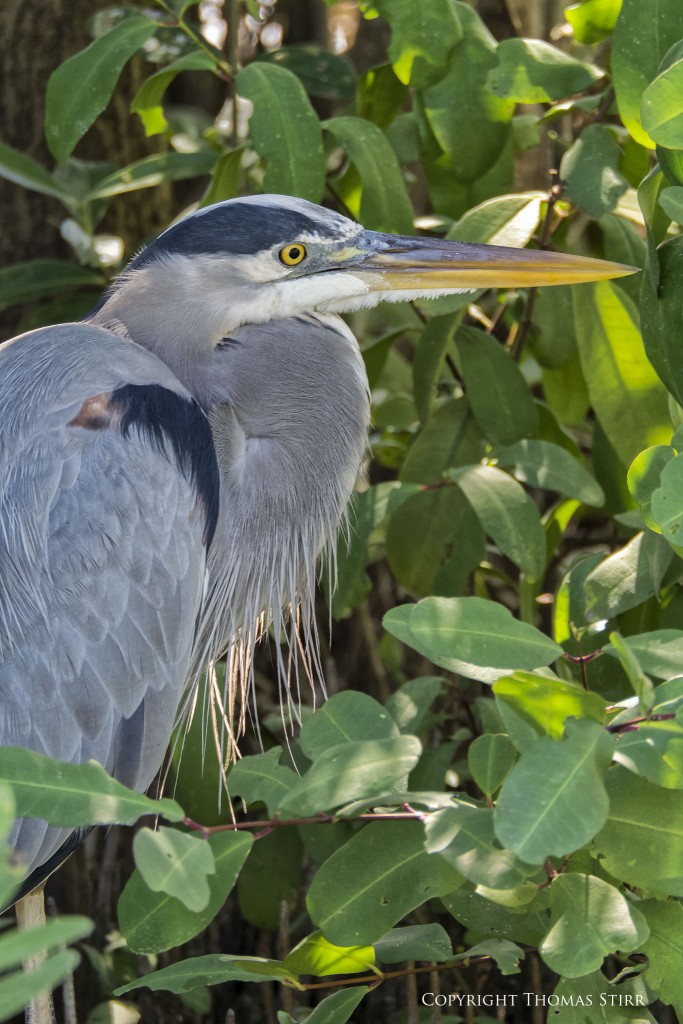
The Great Blue Heron is the largest and most common of North American herons.

I used my Nikon 1 V2 with a Nikon 1 CX 70-300 f/4.5-5.6 VR zoom lens to take all of the images in this article and found it to be an ideal combination. The VR works extremely well which allowed me to capture some images at relatively slow shutter speeds, even at longer focal lengths.
Like any lens equipped with VR, it is important to wait for the VR on the CX 70-300 lens to settle before taking an image. If you shoot too soon you may find that the subject is not quite where you were expecting it to appear in your frame. This is especially critical if you try to frame your shots to avoid cropping in post like I prefer to do.
Having a small, lightweight combination like the Nikon 1 V2 with CX 70-300 f/4.5-5.6 lens was extremely helpful in allowing me to get as close as possible to individual birds as I patrolled the shoreline and causeway at the resort. I shot hand-held for 7-8 hours a day and never felt fatigued using this camera/lens combination.

All images were produced from RAW files processed through DxO OpticsPro 10. I then exported a DNG file into CS6 and Nik Suite for additional adjustments as required.
My intent is to keep this photography blog advertising free. If you enjoyed this article and/or my website and would like to make a modest $10 donation through PayPal to support my work it would be most appreciated. You can use the Donate button below. Larger donations can be made to tom@tomstirr.com through PayPal.
Article and all images are Copyright Thomas Stirr. All rights reserved. No use, copying or adaptation is allowed without written consent.

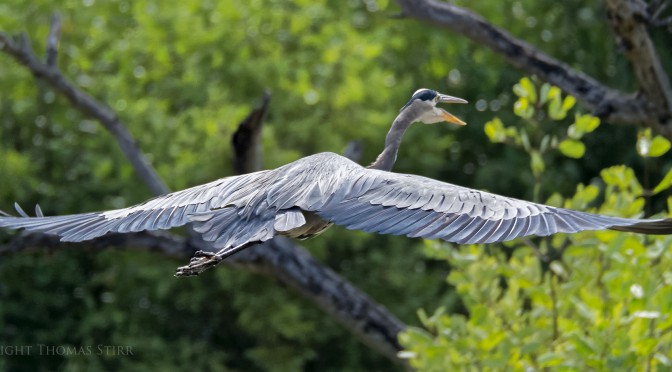
One thought on “Great Blue Heron Images with Nikon 1 CX 70-300”